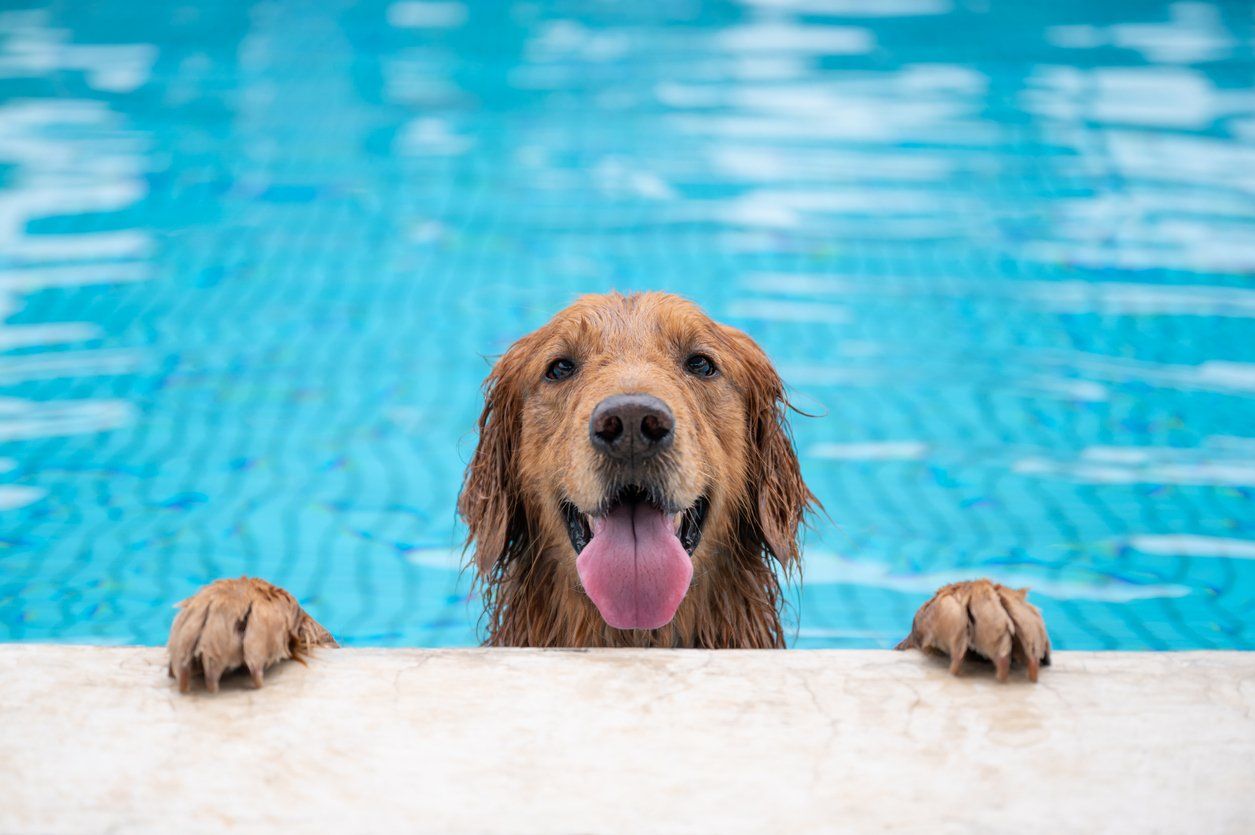Most dogs are just born loving water, and who can blame them? It’s fun and healthy, and there’s also something mesmerizing about splashing in cool refreshing waters on a nice day, especially if it’s hot outside. Moreover, swimming is a great exercise for both dogs and us, so you may need to buy a life jacket and teach your canine friend how to swim.
However, one aspect we often fail to consider is how comfortable your dog is swimming. Like many things, dogs can’t tell us if they are uncomfortable or hurt. Pets also don’t understand the cause of the illness, so they may dive back into the source. That’s why you constantly need to check your pet’s health to protect them from further harm, like ear infections in dogs.

Moreover, ear infections in dogs are common and treatable, so there is no need to panic if your dog suffers from it. But if you’re wondering if your dog can swim with an ear infection or how to protect your dog from ear infections, don’t worry because you’re not alone. To provide insight, we will explore common symptoms and preventative measures as we discuss more concerning ear infections to ensure your dog lives a healthy and happy life.
Can My Dog Swim With an Ear Infection?
Your dog can swim with an ear infection, but it’s really not recommended. Still, not every dog that goes swimming or gets water in its ears is prone to an ear infection. In fact, most dogs don’t develop ear infections from swimming. Usually, dogs that develop these infections have an underlying allergy to food or other environmental factors like pollen and grass. In addition, the water might be contaminated with various bacteria commonly found in the ear canal. For instance, E.coli is a major bacterium that grows in water, especially in hot seasons.
Why Should I Protect My Dog’s Ears When Swimming?
Most dog lovers never protect their dog’s ears when bathing or swimming, which may lead to ear infections. Similar to humans, dogs’ ears also have a coat of yeast and bacteria that helps protect us from harm. However, a dog’s ear canals are L shaped, making it hard for harmful substances to reach your dog’s inner ear.
But when water reaches the lower area of the ear canal, it may be difficult to remove the water. The water basically creates a moist environment, allowing the yeast and bacteria to grow profusely. In contrast, outer ear infections occur when the skin inside the ear canal is inflamed, which can even lead to further harm, like hearing loss. As a result, we recommend protecting your dog’s ears when swimming and being aware of the symptoms as well.
What Are Tell-Tale Signs of Ear Infections for Dogs
Unlike most infections, ear infections for dogs tend to be sneaky. Sometimes they have common and clear symptoms, and sometimes they have less, milder symptoms. Either way, if your dog shows any signs of ear infection, it’s advisable to seek medical attention from your veterinarian immediately. Some of the common symptoms to look for include the following:
- Odor coming from the infected ear
- Dark discharge
- Twitching ears
- Redness of skin inside the ears
- Scratching the ears
- Shaking the head etc.
Skin and ear infections for dogs can be harmful and painful without medical attention, and some dogs can even traumatize themselves as they try to relieve the pain. So, if you suspect your dog has an ear infection, visit your vet or place some measures in advance to prevent water from damaging your dog’s ears.
How Do I Prevent Water From Getting in My Dog’s Ears?
There are many tips for preventing ear infections for dogs, but we will cover a few of the primary and most effective measures. For one, you need to ensure your dog’s ears are dried properly after any contact with water. This helps to ensure the excess water on the outer area of the ear doesn’t reach the ear canal. However, it doesn’t mean water won’t get inside the ear when swimming.
You can properly insert dog earplugs to fit perfectly on the ear canal to block any water passage. But do not use human earplugs, they must be specifically designed for dog esr canals. Additionally, identifying any underlying causes like allergies helps prevent infections from developing. So, once you identify any symptoms, seek treatment immediately before symptoms persist.
Key Takeaways
Ear infections for dogs can seem minor at first, but they can be scary. Like humans, many dogs love swimming, especially during summer, so it’s good to understand the risks and safeguard your dog’s health. It’s difficult to watch your dog endure pain and live uncomfortably, not to mention the bills that will accumulate for treatment. Besides, keeping your dog’s ears dry can be as simple as inserting dog earplugs.
Contact Sit Now Stay today to learn more about our dog training programs and how you can properly manage your dog’s behavioral or health habits.





